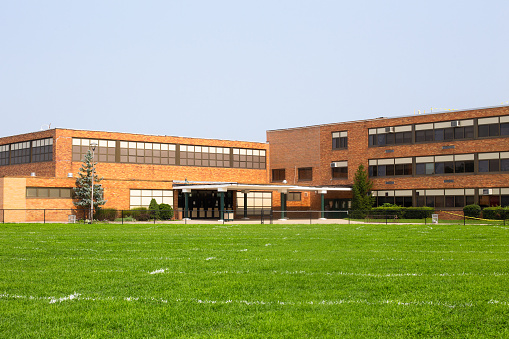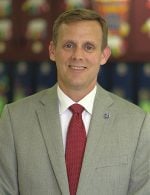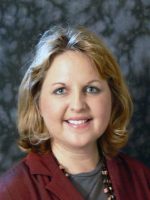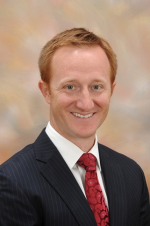This article originally was published by District Administration on December 19, 2018. It was written by DA Custom Publishing and appears below in its original entirety including the image.
Achieving District-Wide Improvements Funded from Energy Savings Projects
 Districts across the nation must find a way to manage aging facilities and deferred maintenance backlogs. Add to that a growing student population and constrained budgets, and district-wide transformation seems impossible. But there are proven funding streams that don’t impact district budgets.
Districts across the nation must find a way to manage aging facilities and deferred maintenance backlogs. Add to that a growing student population and constrained budgets, and district-wide transformation seems impossible. But there are proven funding streams that don’t impact district budgets.
This web seminar described how a cash-strapped district uncovered funding and became nationally recognized in five years. Administrators from Madison County Schools in Alabama shared how they utilized an energy savings performance contract project to provide over $32 million for much-needed initiatives.
Speakers
Matt Massey
 Infrastructure change is tough when you have a tight budget. We couldn’t take out capital loans, and we had a lot of deferred maintenance. We have multiple schools over 100 years old, and we need to keep those facilities running. Building new schools is not an option. So we had the infrastructure at a critical stage. We had HVAC issues. The lighting was dim. There was no central control at all. We had some air conditioners that would run all night or all weekend.
Infrastructure change is tough when you have a tight budget. We couldn’t take out capital loans, and we had a lot of deferred maintenance. We have multiple schools over 100 years old, and we need to keep those facilities running. Building new schools is not an option. So we had the infrastructure at a critical stage. We had HVAC issues. The lighting was dim. There was no central control at all. We had some air conditioners that would run all night or all weekend.
Schneider helped us establish a way to tackle that, and also gave us a long-term partnership for all of our campuses to make sure they’re running at a peak level. We’ve reduced our electricity bill by 40 percent and were able to fund all of the improvements. We’re going to be saving $40 million in our district over 20 years.
There are three phases. We wanted to modernize what we had, sustain what we had over the long term, and increase school health and safety.
Karen O’ Bannon
 Since conventional funding methods were not possible, we were searching for an outside partner. We met with several energy savings companies but were not comfortable with their quick promises and vague guarantees, and they were not thorough with their assessment of our facilities. Then our COO met a Schneider team at a conference, and when he heard their strategies for energy cost savings and conservation, he asked them to present to our board.
Since conventional funding methods were not possible, we were searching for an outside partner. We met with several energy savings companies but were not comfortable with their quick promises and vague guarantees, and they were not thorough with their assessment of our facilities. Then our COO met a Schneider team at a conference, and when he heard their strategies for energy cost savings and conservation, he asked them to present to our board.
Moving forward from 2013 with Schneider Electric, we found a funding mechanism that enabled us to use utility cost savings and enabled us to reinvest and leverage $32 million for improvements district-wide.
The multiple funding strings would not have been possible without Schneider’s connections and expertise. They provided innovative funding options with an energy performance contract that had specific goals and strategies. We were able to secure millions of dollars in federally qualified energy conservation bonds, and we received a $500,000 loan at zero percent interest from the Alabama Department of Economic and Community Affairs. We also received $500,000 in rebates from one of our local utility companies.
I was introduced to underwriters — through Schneider — with expertise in finding the best rates for tax-exempt lease-purchase agreements. We then signed an agreement for over $8 million to finance several improvements in the project’s final phase. And the annual utility cost savings covered the principle and interest on all this debt.
Marcus Craig
 How do you ensure success on a project? What are some best practices? Karen and Matt alluded to an emphasis on clarity, results, the importance of a partnership, transparency of savings, and ongoing performance.
How do you ensure success on a project? What are some best practices? Karen and Matt alluded to an emphasis on clarity, results, the importance of a partnership, transparency of savings, and ongoing performance.
So how do you get there? First, clarify the expectations with whatever company you choose to partner with. Consider the savings, the implementation timeline, and the overall impact. Next, you need adequate support training and follow-up. At Schneider, we, of course, believe new technology is wonderful, but you have to be able to know how to use that technology — how to effectively operate and maintain systems for the long term.
Savings verification should be ongoing engagement with the school district and the energy services company to identify the transparency and savings. Let’s make sure that we’re getting true dollar savings, and then align that with the mission and vision of your organization. These solutions should go beyond chillers and light bulbs. They should advance the overall direction of your district and create meaningful outcomes that you can share with your community.
